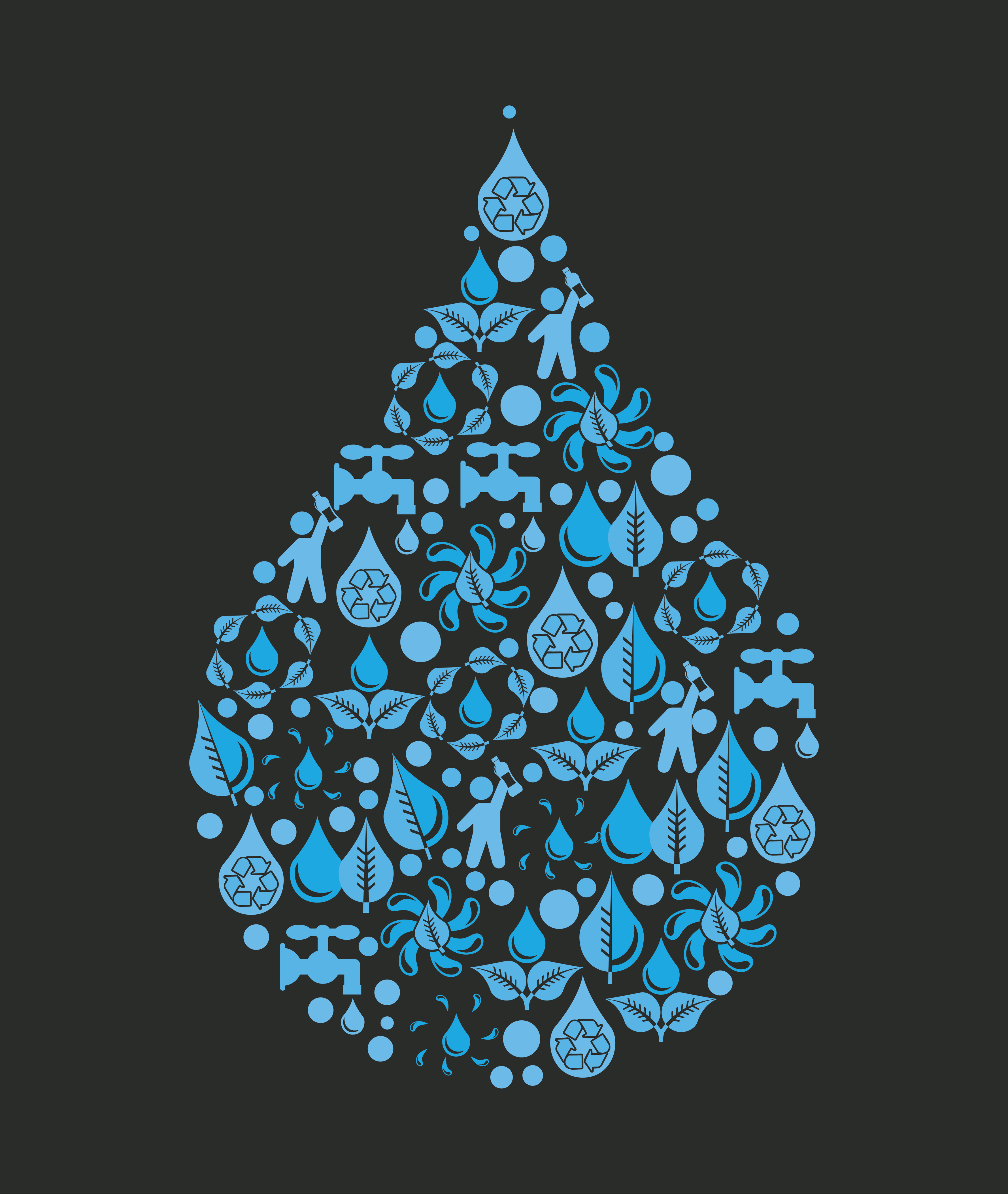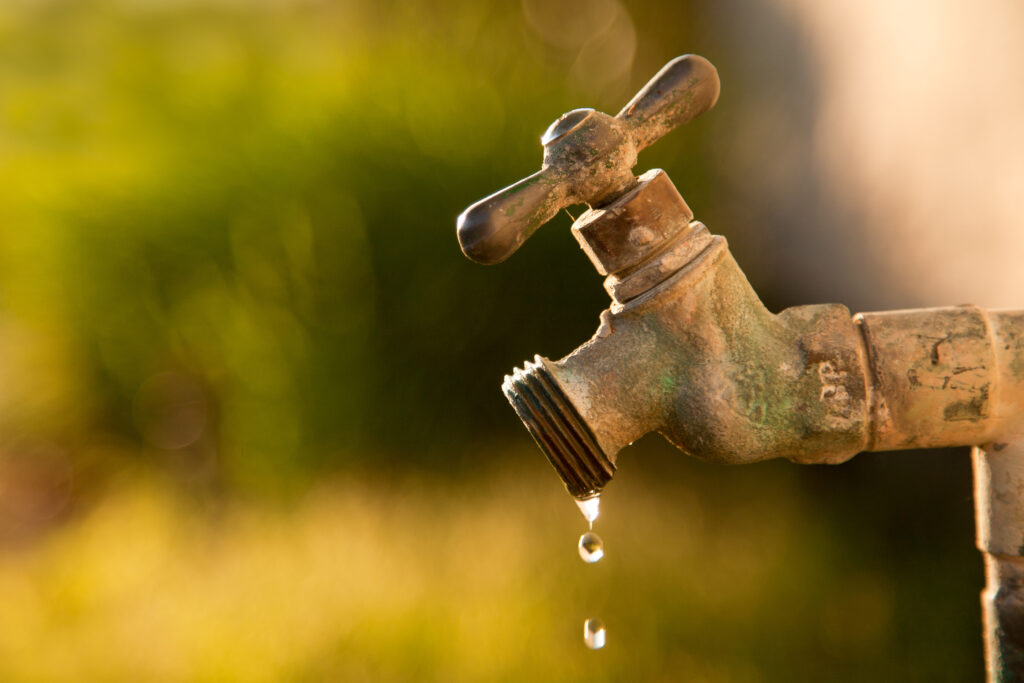Water plays a significant role in the human body. Without it, the cells, tissues, and organs inside your body won’t be able to regulate your temperature, keep you hydrated, and maintain bodily functions. Since water is a finite commodity, it’ll result in a shortage if it’s not managed properly.
Conserving water won’t only help cut down your water costs, but it also has beneficial impacts on the environment, such as:
- Prevents water pollutions
- Prevents greenhouse gas emissions
- Reduces soil saturation
- Minimizes drought
That said, below are the best practices for water conservation:
1. Utilize Water Tanks
Using water storage tanks is one of the best ways to conserve water. Its purpose is to collect and store water to be used for different purposes. Also you can consider Soakaway Crates that are used for either attenuation or infiltration of stormwater in residential, commercial, industrial and agricultural applications.
If you plan to use a water tank for your household, consider all-around water tanks like simple clean water tanks. This type of water tank collects rainwater that you can use for laundry, cooking, and watering plants. That way, you don’t have to consume your main water supply to do these activities since you’ll use the rainwater collected by the tank.
However, it’s advised to add a small amount of chlorine to the water tank as they can harbor bacteria. You can also install a high-quality water filtration system as rainwater may contain pollutants.
On the other hand, you may also opt for a grey water tank with water diverted from the drains. However, the water collected shouldn’t be used for regular use except flushing the toilet. Also, you should install a three-stage filtration system to filter out any solids on the water, then undergo a UV sterilizer.
If you’re trying to find premium-grade water tanks with different sizes, styles, and colors based on your style, consider buying from reliable tank manufacturers like The Tank Factory. You may visit their website and choose from the hundreds of water tanks they offer.
2. Check For Leaks
Checking signs of leakage regularly and mitigating them as early as possible is essential for water conservation. A small drip from a leaking pile can waste 20 gallons of water every day, while larger leaks result in more waste.
Here are some effective ways to know if you have leaking pipes:
- Dry the sink and let it sit for at least one hour. If you notice few wet areas on your kitchen floor, your pipes are leaking.
- Dry the area around the pipe before running the water. If you see water collecting on a specific area, that’s where the leak is located.
- To check if your toilet is leaking, put a small amount of food coloring on the toilet tank. If you see the color appearing, albeit no flushing, there’s a leak.
- Read the water meter and check it after two hours without using the water. If there’s a change, it indicates that there’s a leak.
3. Opt For High-Efficiency Washing Machines
When doing the laundry, the average amount of water is 150 liters per cycle, which is a considerable amount of consumption. Although a high-efficiency washing machine costs more than a traditional washer, there’s no doubt that you can get your money’s worth. This is because they use almost 30% less water than traditional ones and consumes 50% less electricity.
But, if you don’t have enough money for a high-efficiency washer, there’s still a way to conserve water when doing your laundry. For one, it’s best to always wash on a full load since filling the machine halfway is a big waste of water and energy.
4. Use Water-Saving Showerheads
Staying in the shower uses a lot of water, especially if you have typical showerheads that use five to ten gallons every minute. Fortunately, there are water-saving, low-flow showerheads that adhere to the standard of 2.5 gallons per minute. Low-flow showerheads are said to decrease water consumption by 40%, allow you to save more energy, and help reduce carbon dioxide (CO2) emissions.
There are two types of low-flow showerheads:
- Aerating: Aerating showerhead blends water with air to produce larger drops of water. Because of this, the user feels more water than there actually is, resulting in 50% less water usage.
- Laminar flow: This type of showerhead creates individual streams of water. Although this costs more, the good thing is that it can help you save energy as it maintains water temperature better.
Takeaways
Water is an essential human commodity. But, as with any finite resource, the water supply can possibly reach its end, particularly if humans don’t take the initiative to conserve it. After all, conserving water won’t leave any harm. Therefore, consider using water tanks, low-flow showerheads, and high-efficiency washers. Also, frequently check your pipes if there are leaks to ensure that you’re not wasting a drop of water.


